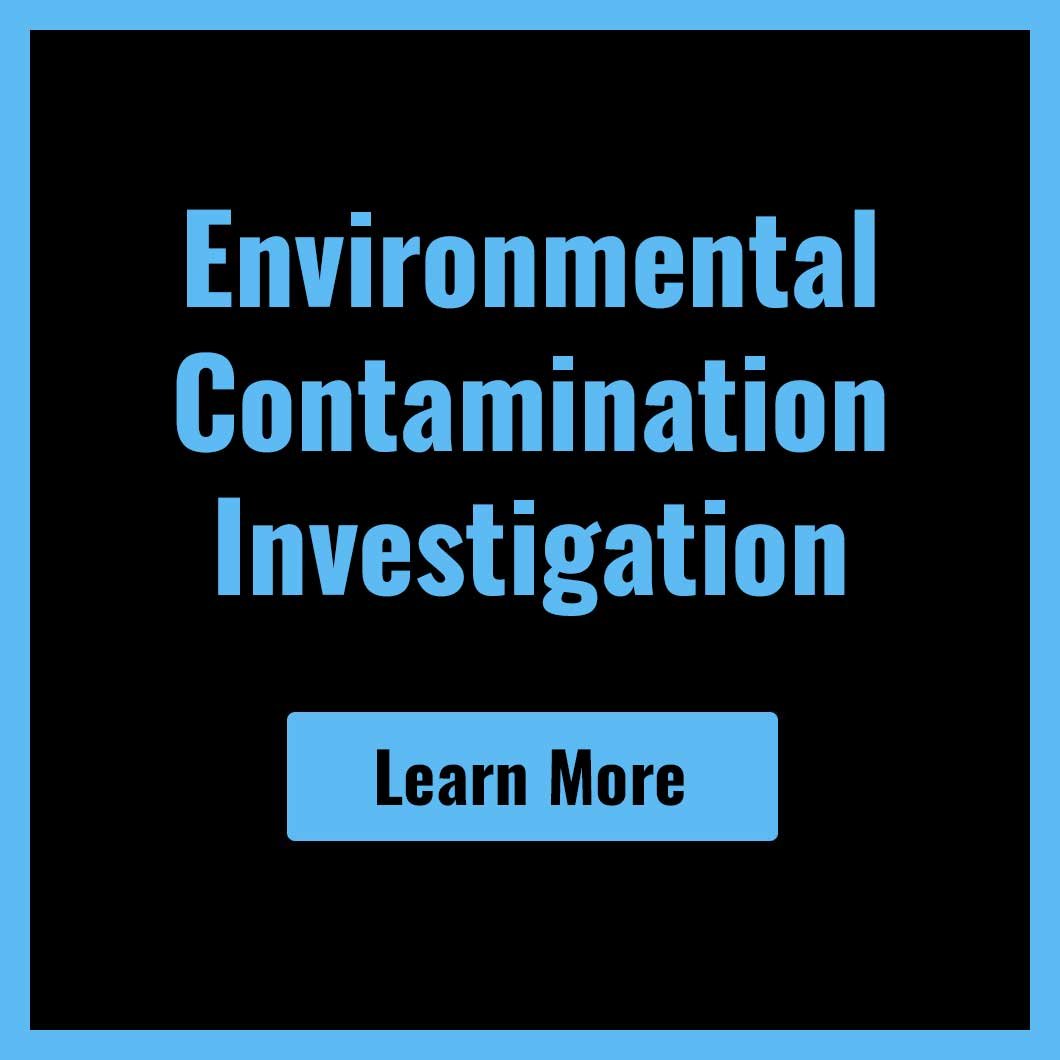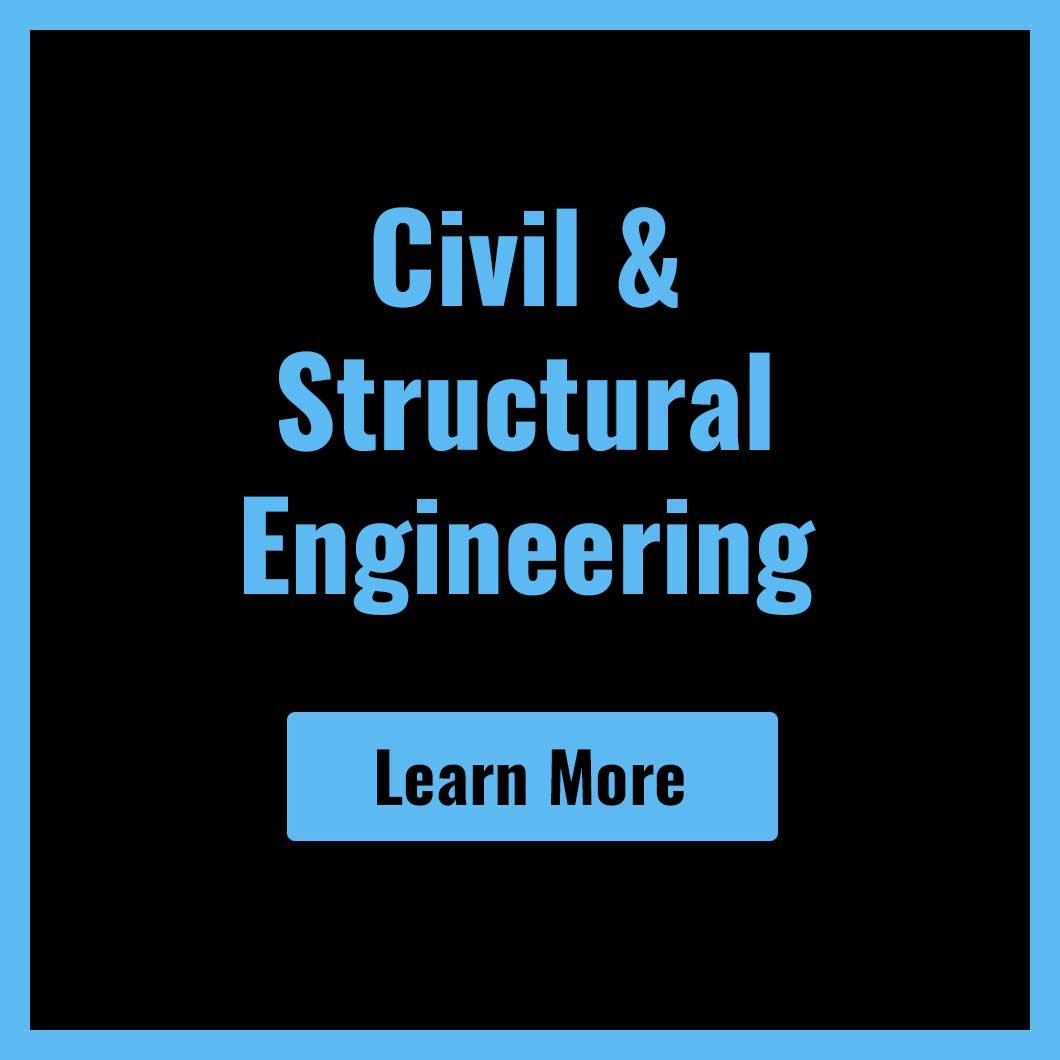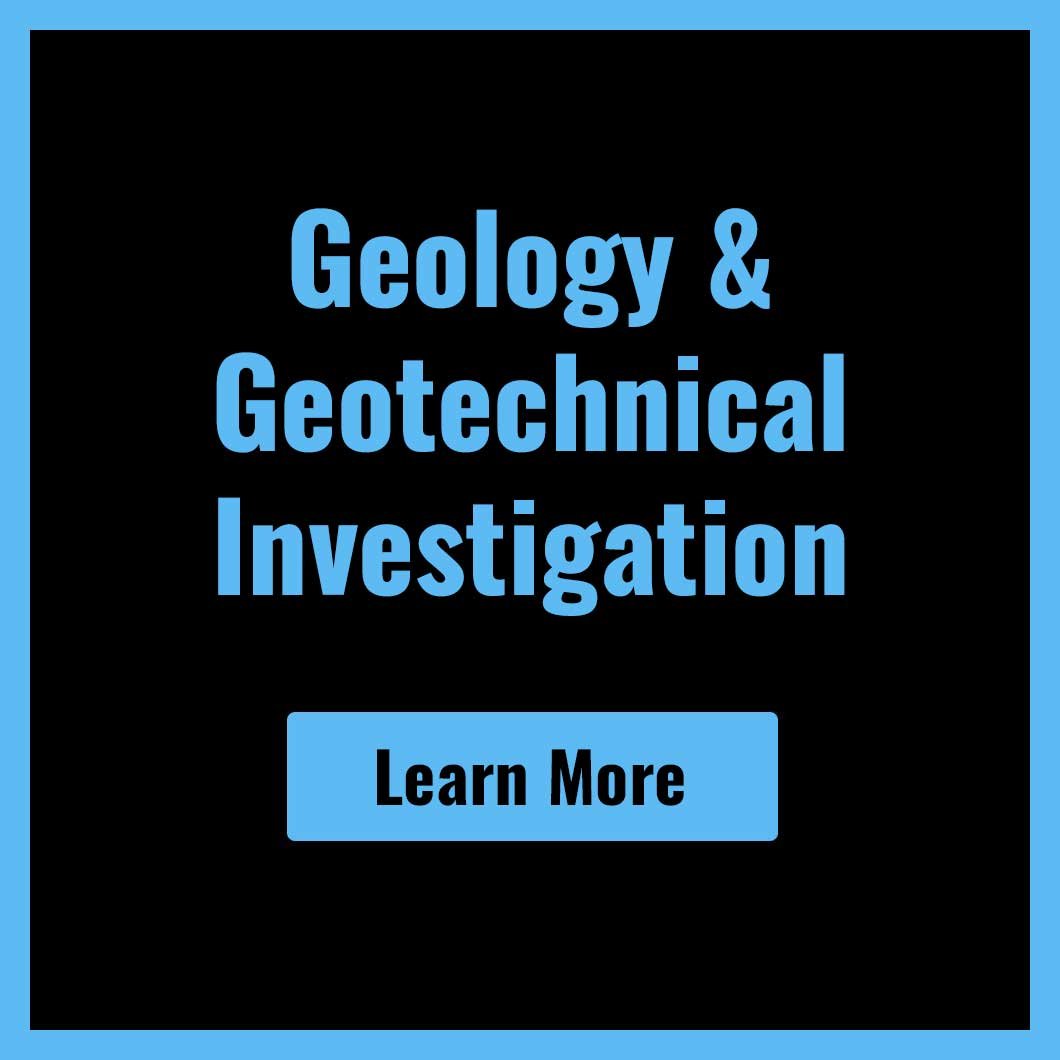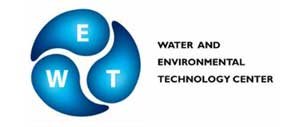PRIVATE UTILITY LOCATING
LOOKING UNDERGROUND TO SEE WHAT YOU CAN'T SEE
About GeoSearch Technologies
We use Ground Penetrating Radar and Electromagnetic Induction Equipment to Find Utilities and Other Buried Objects
Serving all of Montana and the Rocky Mountain Northwest!
Electromagnetic Induction
Electromagnetic Induction
We locate ALL underground utilities and structures, both public and private, and offer a range of highly specialized subsurface utility services to significantly reduce your risk of costly damages and project delays and mitigate safety hazards for your crews and community.
Ground Penetrating Radar
The benefit of GPR technology is that it can locate metallic and non-metallic objects such as PVC, fiberglass, concrete and any other non-metallic material. The capability of GPR to “see” any type of object buried underground is essential in performing accurate utility locating and mapping.
Concrete Radar Scanning
We scan concrete slabs and walls to produce images without the dangers associated with x-ray equipment. The concrete radar scanning equipment allows us to accurately “see” the rebar, post tension cables, electrical and communications conduit, and voids within or underneath the slab or wall.
Utility Mapping
Using the Geode GNS2 Multi-GNSS 1 HZ receiver linked to mapping software, we can accurately place them on a Google Earth image of your project area using Global Positioning Data (GPS) data to produce maps.
DON'T JUST CALL 811!
65% of utility lines are Private Utilities & NOT located by calling 811.
WE'LL LOCATE EVERYTHING, PUBLIC & PRIVATE, SAVING YOUR PROJECT TIME & MONEY.
Montana ✦ Wyoming ✦ North Dakota ✦ South Dakota
Safe, Professional, and Cost Effective
Private Utility Locating and Investigation for:
✦ Contractors
✦ Consulting Firms
✦ Municipalities
✦ Housing Developments
✦ Commercial Properties
✦ Schools and Universities
✦ Gas Stations
✦ Refineries
✦ Airports
✦ Ranches
✦ Government Agencies
✦ and More!
Everyone from homeowners, contractors, engineers, utility companies, government agencies, water districts and municipalities all need utilities located. In fact, virtually all businesses either having underground utilities, buying or selling older properties or the contractors involved in construction and earth work will require private utility locating services at some point.
Additional Applications
Beyond the use of GPR to locate and map buried utilities,
our technologies can be used for a variety of other applications.
Our state-of-the-art technologies can perform scanning, mapping and investigation services for environmental, structural and civil engineering, geology and geotechnical, cemetery and gravesite mapping, forensic science, mining and mineral exploration and agriculture.
Training, Expertise and Experience
GeoSearch Services was founded by Brent Baumann, a Geologist with over 20 years of combined experience in different geological disciplines. Mr. Baumann has worked primarily in the environmental and geotechnical industries as well as in both open pit and underground mines, gaining invaluable experience in sub-surface investigation and rock and soil characteristics and mechanics. He brings this experience, together with his experience in telecom utility locating, to offer professional GPR and utility locating services to the Rocky Mountain NW.
As a project geologist on numerous drilling, earth work and environmental reclamation projects, Mr. Baumann has relied on public and private utility locating companies to locate utilities, including high pressure oil and gas transmission pipelines. Mr. Baumann has observed firsthand the pressure public utility locators are under to perform their task and move to the next locate.
Certifications
Certification of EM Locating Competency - Staking University, March 2019
Certification of GPR Competency - Staking University, November 2018
Certification of Pipehorn 800 Dual-Frequency Pipe & Cable Locator Competency – Precision Utility Locating, November 2017
NULCA Certified GPR Technician – 1/9/2023
NULCA Certified Locate Technician – 1/10/2023
Structural Inspection with Ground Penetrating Radar – Learn GPR - 1/10/2023
GPR Data Processing – Learn GPR – 1/19/2023
GPR Basics (with Course Completion Certificate) – Learn GPR – 1/28/2023
Contact Us
Serving all of Montana and the
Rocky Mountain Northwest!
Rates Available Upon Request
Projects
Private Utility Locating - WITHOUT GPR?
Our services helps prevent costly mistakes!
Read more ->
Value of Post Processing GPR Field Data
Using post processing software “GPR Insights” to filter and enhance
GPR field data.
Read more ->
























